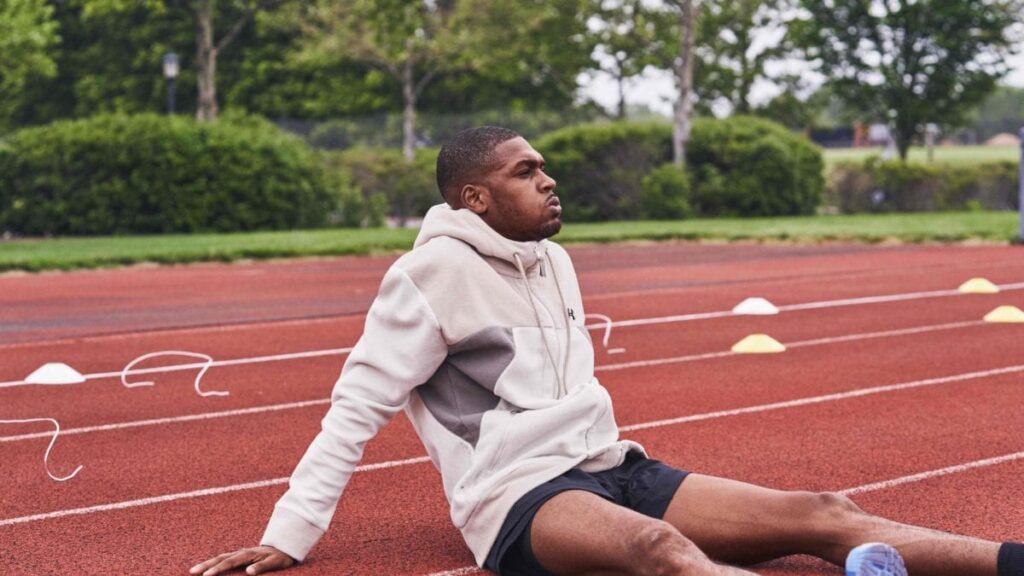The Ultimate Guide to Your First Run Post: 1 Tips, Strategies, and Insights

Table of Contents
Running is one of the most accessible forms of exercise, requiring minimal equipment and offering numerous health benefits. Whether you’re a seasoned marathoner or just starting, a well-written run post can be an excellent way to share your journey, motivate others, and reflect on your progress. In this comprehensive guide, we’ll explore everything you need to know about creating an engaging and informative run post that resonates with your audience.
Understanding the Purpose of a Run Post
Before diving into the specifics, it’s crucial to understand the purpose behind your run post. Are you documenting your training progress, sharing a race experience, providing tips for fellow runners, or simply reflecting on your personal running journey? Clarifying your objective will help you create content that is both focused and valuable to your readers.
Planning Your Run Post
- Define Your Audience:
- Identify who you are writing for. Are they beginners, intermediate runners, or experienced athletes? Understanding your audience will help you tailor your content to meet their needs and interests.
- Choose a Compelling Title:
- Your title is the first thing readers will see, so make it catchy and relevant. Examples include “My First Marathon: A Journey of Perseverance” or “Top Tips for Beginner Runners: Start Your Running Journey Right.”
- Outline Your Content:
- Organize your thoughts and create a structure for your post. A typical run post might include an introduction, detailed sections about your experience or tips, and a conclusion.
Crafting the Perfect Introduction
Your introduction sets the tone for the entire post. It’s your chance to hook the reader and make them want to read more.
- Start with a Personal Anecdote: Share a brief story or a moment that inspired you to start running. This personal touch can help readers connect with you on a deeper level.
- Highlight the Purpose: Clearly state what readers can expect to gain from your post. This could be inspiration, practical tips, or a detailed race report.
Sharing Your Running Journey
- Training and Preparation:
- Discuss your training regimen, including your workout routines, diet, and any challenges you faced. Be honest about your struggles and triumphs, as this authenticity will resonate with readers.
- Race Day Experience:
- If you’re writing about a specific race, provide a detailed account of the event. Describe the atmosphere, your emotions, the course, and any memorable moments. This narrative can make your post more engaging and relatable.
- Lessons Learned:
- Reflect on what you learned from your experience. This could include insights about pacing, mental strategies, or the importance of proper gear. Sharing these lessons can provide valuable takeaways for your readers.
Offering Practical Tips and Advice
- Training Tips:
- Share actionable advice on how to train effectively. This could include tips on building endurance, incorporating strength training, and the importance of rest and recovery.
- Gear Recommendations:
- Provide recommendations for essential running gear, such as shoes, apparel, and accessories. Include personal reviews and explain why you prefer certain products.
- Nutrition and Hydration:
- Discuss the role of nutrition and hydration in running performance. Share your favorite pre-run meals, post-run snacks, and hydration strategies.
Engaging Your Audience
- Visual Content:
- Include high-quality images and videos to complement your text. Visual content can make your post more engaging and visually appealing.
- Interactive Elements:
- Incorporate elements like polls, quizzes, or call-to-action buttons to encourage reader interaction. This can make your post more dynamic and increase reader engagement.
- Encourage Comments and Feedback:
- Invite readers to share their own experiences, ask questions, or provide feedback in the comments section. Engaging with your audience can build a sense of community and encourage repeat visits to your blog.
SEO Optimization for Your Run Post

- Keyword Research:
- Use tools like Google Keyword Planner or SEMrush to find relevant keywords related to running. Incorporate these keywords naturally throughout your post to improve its search engine ranking.
- Meta Descriptions and Headers:
- Write a compelling meta description that includes your focus keyword, “run post.” Use headers (H1, H2, H3) to structure your content and make it easier for search engines to crawl your post.
- Internal and External Links:
- Include internal links to other relevant posts on your blog and external links to authoritative sources. This can improve your post’s SEO and provide additional value to your readers.
Concluding Your Run Post
End your post with a strong conclusion that reinforces the main points and leaves a lasting impression on your readers.
- Summarize Key Takeaways: Recap the main points of your post and emphasize the most important lessons or tips.
- Encourage Further Engagement: Invite readers to subscribe to your blog, follow you on social media, or sign up for a newsletter to stay updated on your running journey.
Example Run Post
To give you a better idea, here’s a brief example of how a well-structured run post might look:
Title: My First Half Marathon: From Couch to Finish Line
Introduction: Three months ago, I couldn’t run a mile without gasping for breath. Today, I crossed the finish line of my first half marathon. Here’s a look at my journey from the couch to the finish line, with all the ups and downs along the way.
Training and Preparation: I started with a beginner’s training plan that gradually increased my mileage each week. Incorporating strength training and yoga helped me build endurance and prevent injuries. The biggest challenge was staying motivated during the cold winter mornings, but keeping a journal of my progress kept me on track.
Race Day Experience: Race day was a whirlwind of emotions. The atmosphere was electric, with thousands of runners and spectators cheering us on. The first few miles flew by, but I hit a wall at mile 10. Remembering my training and the support of my family helped me push through and finish strong.
Lessons Learned
- Pacing is Key: Starting slow helped me conserve energy for the final stretch.
- Mental Toughness: Running is as much a mental challenge as a physical one. Positive self-talk can make a huge difference.
- Proper Gear: Investing in a good pair of running shoes was crucial for avoiding injuries.
Conclusion
Crossing the finish line was one of the most rewarding experiences of my life. If you’re considering running your first half marathon, start small, stay consistent, and believe in yourself. Happy running!



